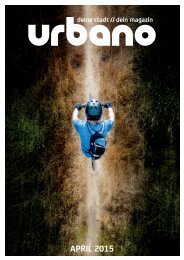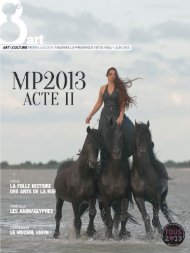Life Nature Magazine
themed ‘Dusk until Dawn’. These times are to me, some of the most exciting to experience wildlife. When I can make it out of bed in time for dawn, the chorus of birds chattering and singing above me makes the wrestle with my tiredness all worth it. As sun sets, some of the most secretive animals come out of their day time hiding places. Foxes and badgers can be seen by the lucky, and bats’ sonar can be heard with a handy bat detector. The time between dusk and dawn is fascinating too. Whilst most of us are tucked up in bed asleep, many animals are exploiting this quieter period, with multitudes of adaptations allowing them to use the darkness to their advantage. From this issue, many of the original team, including myself, are ‘phasing out’. We’re looking for new team members – see the careers section for more information on how to get involved. Whilst some of us will still be involved in the next issue, we’ll be taking less on, so we’d like to thank
themed ‘Dusk until Dawn’.
These times are to me, some of
the most exciting to experience
wildlife. When I can make it
out of bed in time for dawn,
the chorus of birds chattering
and singing above me makes
the wrestle with my tiredness
all worth it. As sun sets, some of
the most secretive animals come
out of their day time hiding
places. Foxes and badgers can
be seen by the lucky, and bats’
sonar can be heard with a handy
bat detector. The time between
dusk and dawn is fascinating
too. Whilst most of us are
tucked up in bed asleep, many
animals are exploiting this
quieter period, with multitudes
of adaptations allowing them
to use the darkness to their
advantage. From this issue,
many of the original team,
including myself, are ‘phasing
out’. We’re looking for new
team members – see the careers
section for more information
on how to get involved. Whilst
some of us will still be involved
in the next issue, we’ll be taking
less on, so we’d like to thank
You also want an ePaper? Increase the reach of your titles
YUMPU automatically turns print PDFs into web optimized ePapers that Google loves.
◀<br />
Peach blossom<br />
(Thyatira batis)<br />
– Peach blossoms<br />
are easily one of our<br />
most attractive moth<br />
species because of<br />
their wonderful pink<br />
blotches. This individual<br />
(along with the Puss<br />
moth pictured below)<br />
was found during the<br />
Bioblitz that took place<br />
on Tremough campus<br />
and at Argal and College<br />
Reservoirs in June.<br />
Collecting them from<br />
the traps was a mad<br />
rush that morning; as<br />
the heavens opened<br />
and the thunder and<br />
lightning commenced,<br />
it felt more like a rescue<br />
mission! I’m happy to<br />
report there were no<br />
casualties.<br />
◀<br />
Poplar hawkmoth (Laothoe populi) - When opening a moth<br />
trap or over turning an egg box (which are placed in the traps<br />
to give the moths something to rest on and shelter in) you never<br />
<br />
be beautiful, and sometimes they can be gigantic! With a 70mm<br />
wings span, poplar hawkmoths are one of the great gems of the<br />
moth trap treasure chest.<br />
Puss moth (Cerura vinula) – For this photograph I<br />
chose a low angle to put me on the same level as the<br />
moth and put two of its best features in the frame; puss moths<br />
have incredible, long, furry legs that stretch out in front of them<br />
when they rest on branches. The fur that covers them is what<br />
inspired their cat-like name. The second feature shown is the<br />
<br />
sometimes potential mates.<br />
◀

















